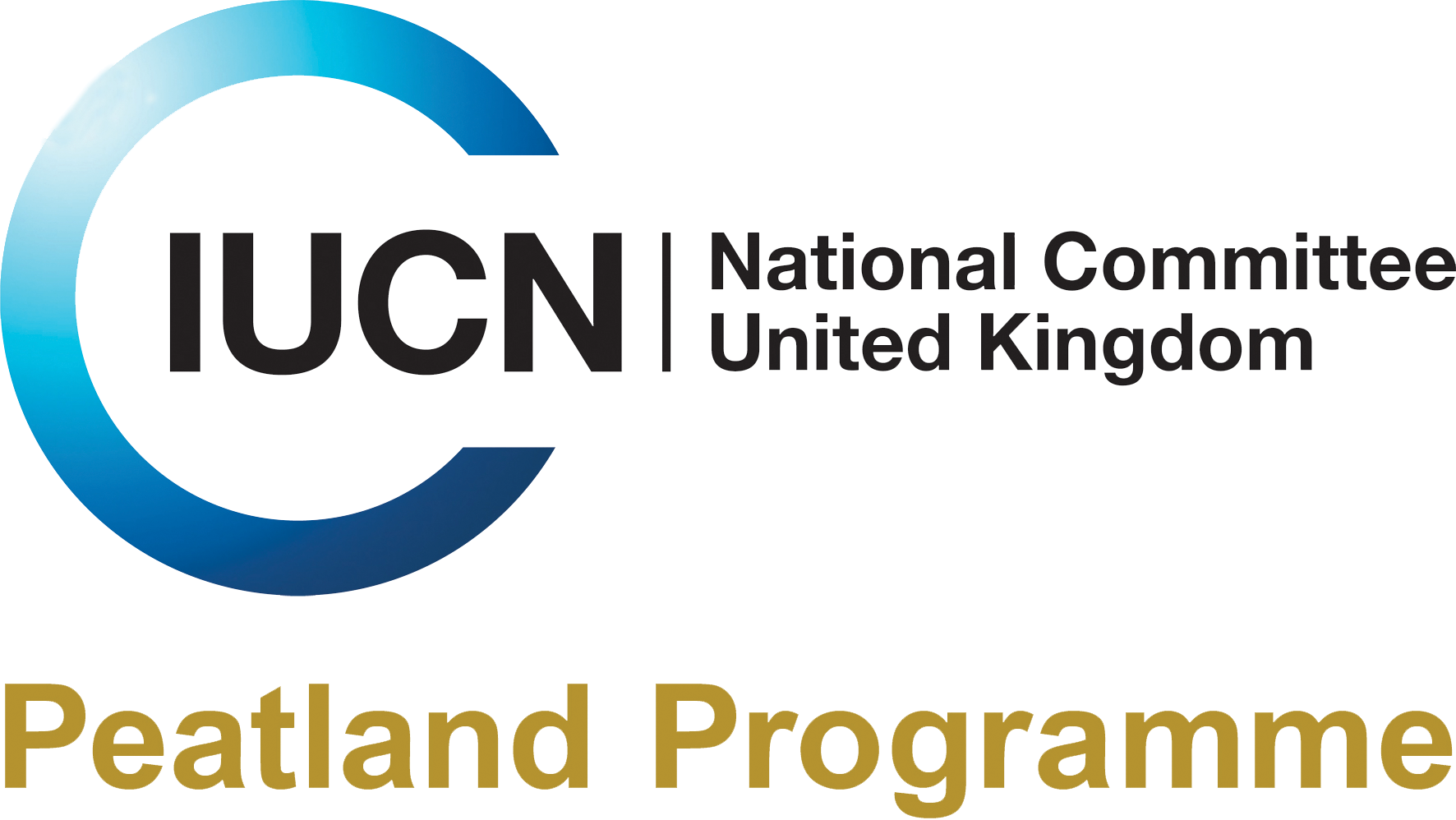The Peatland Code has recorded its 200th project registration under the UK Land Carbon registry. It also marks its 100th registration in the past 12 months, a rapid growth since the code’s first registration in 2017. In May alone the code registered 28 projects.
The total area of projects registered is 27,071 ha across Scotland, England, Wales and Northern Ireland with 6,114,281 tonnes of CO2e emissions reductions over their project lifetimes.
The 200th project to be registered under the code is Wemyss and March Phase 3 in Moffat, Scotland.
The site is owned by Chapelhope Trust and has a project area of 99.22 hectares and is classed as a Drained Blanket Bog, with some sections actively eroding. The project developer for the site is Forest Carbon.


